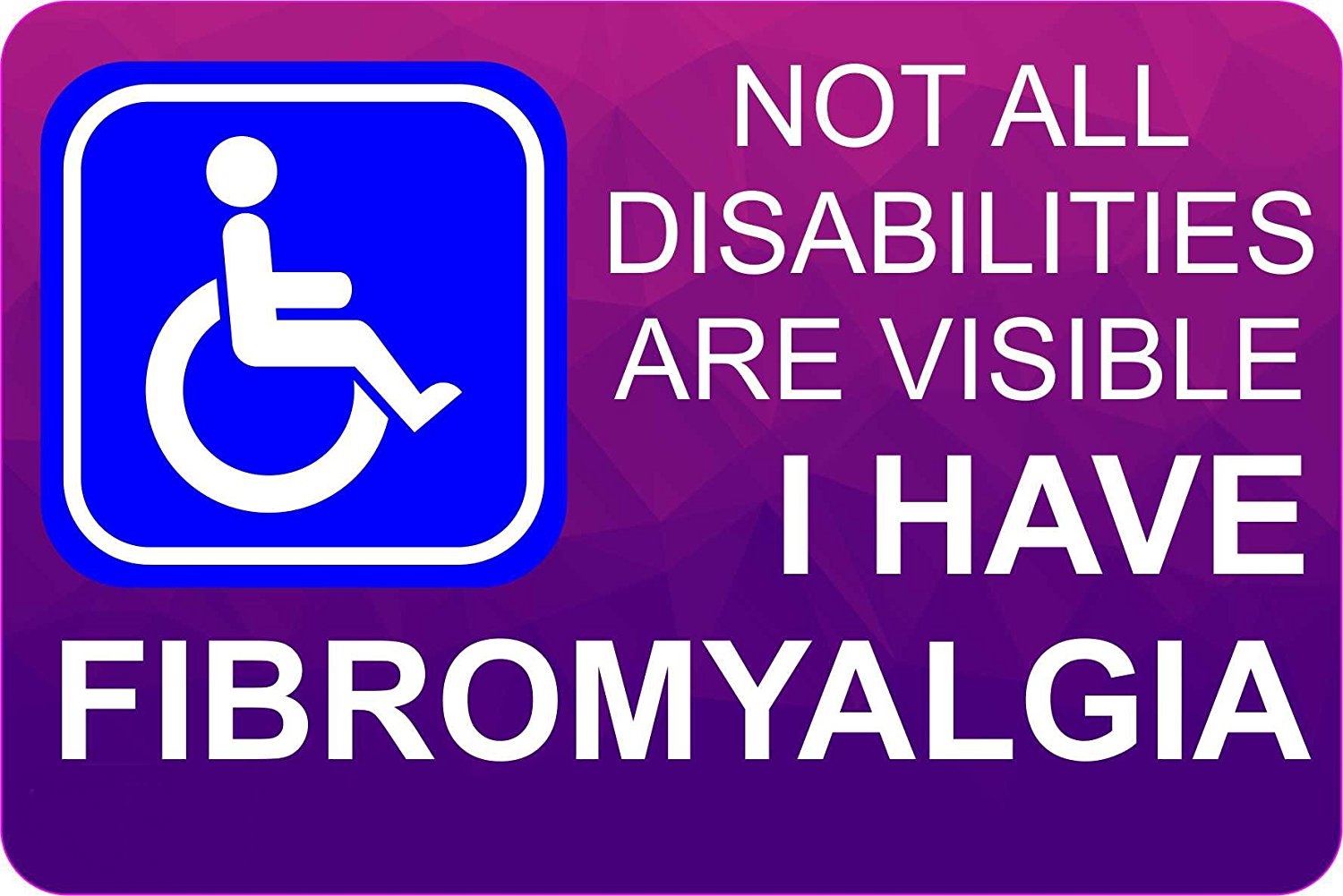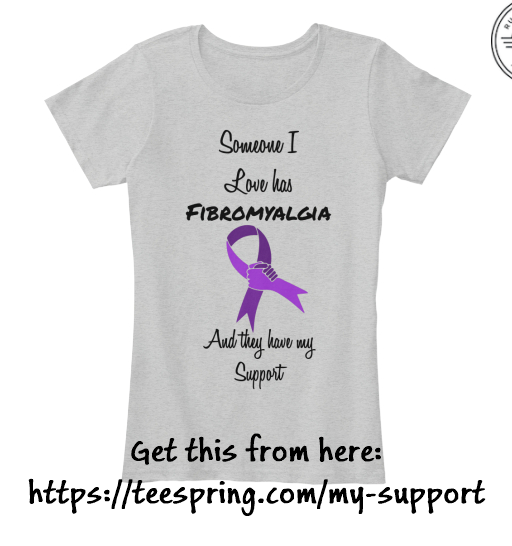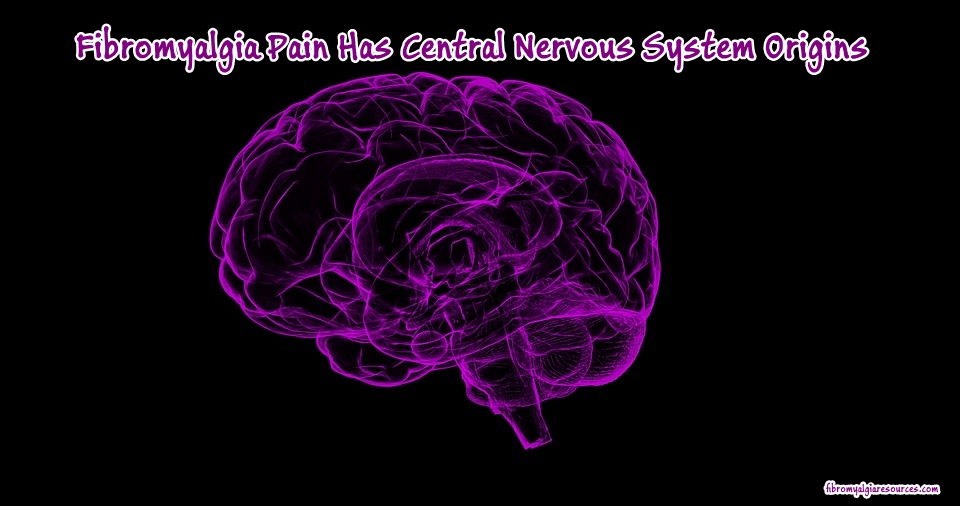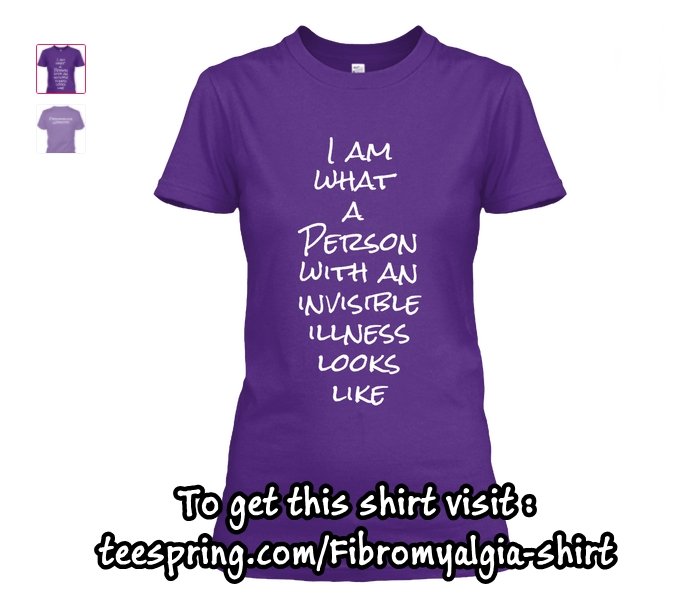There are lots of theories on the internet related to causes of fibromyalgia. All of the theories have some rationale behind and seems true to lots of audience. So here we have compiled the list of few of more acceptable theories of causes of fibromyalgia. We leave it up to you, you decide which one seems more true to you. In this article we highlighted the studies on blood vessels theory, Central Nervous system disorder theory, Spinal cord dysfunctioning theory and Trauma related research studies. Please give a read to all of them and let us know in the comment which one you think the most possible cause of your fibromyalgia.
Blood Vessels Theory:
Researchers Find Main Source of Pain in Blood Vessels.
Researchers came to believe that the root cause of pain in fibromyalgia does not stem from the brain. This finding contradicts the old beliefs and myths that were said about fibromyalgia. It was once thought that this was just an imaginary disease and it had no relation with reality. People and doctors considered it a psychological or self-imagined disease.
But now some information about this disease has been revealed after a lot of studies and it is said that the pain may originate from areas having excess blood vessels like hands, legs, and feet. These studies open a new world of treatment and even complete cure for about 5 million Americans who have this disease. In order to solve this mystery, researchers zeroed in on the hand of a person who had lost sensory sensations and had reduced reaction to pain.
They took samples from the patient’s hand and surprisingly found that there was excessive amount of nerve fibers called “arteriole-venule shunts”. Up till now it was thought that arteriole-venule fibers were responsible for regulating the blood flow and they had nothing to do with the pain sensation, but now it is thought that they have a direct link with pain experienced in fibromyalgia. This research has answered many questions like why fibromyalgia patients have extreme pain in their hands and feet, as well as deep tissue pain. They have many “tender points” throughout the body.
Debilitating fatigue was also one of the main symptoms of this disease. Neuroscientist Dr. Deloph L. Mike explained: It was previously thought that these nerve fibres were only involved in regulating the blood flow at the subconscious level, but now it has been proven that blood vessel endings play a role in our conscious sensation of touch and even pain. Rice said that this mismanaged blood flow can cause extreme muscle camps, achiness and feelings of fatigue. It was once thought that this was due to lactic acid accumulation and mild inflammation in fibromyalgia patients.
This can also lead to brain hyperactivity. Treatments that have been used for this disease have not been completely effective in relieving the extreme pain that patients suffer. Treatments include; narcotic pain relievers, anti-depressants and anti-seizure drugs. Patients are advised to sleep more and exercise regularly. Now that a possible cause is highlighted, patients are hopeful for a complete cure, others are frustrated for the pain they have already suffered.
One commenter said; “When are they going to figure out that this was never all in your head.” He also said, “when they don’t figure out the root cause of certain diseases, they consider that the patients are crazy and out of their minds. Before it’s invention people have suffered alot.
The only solution to an unknown problem is not to prescribe SSRIs or lobotomy or hysterectomy. This announcement is the ray of hope for the patients that they are going to hopeful find a cure for this painful disease and better treatment options are available now.
Fibromyalgia Disability Car bumper sticker: Lets put this sticker on your car and spread the fibromyalgia awareness. As many people out there don’t consider our illness as being disable, because they don’t know it.
– Click Here to get Yours Fibromyalgia Disability Sticker for you Car
Researchers have discovered a Brain Signature that Identifies & Treat Fibromyalgia
Patients with fibromyalgia showed improved ability to show repulsiveness to factors causing great physical and mental pain and also to the non-painful sensations joined by different neural reactions. These neural changes have diagnostic characters involving their specificity and sensitivity to FM but it is not clearly understood.
We have found a brain mark that explains the pathophysiology Of FM at a neural level. They used machine based technology to find out this brain based Fibromyalgia signature. When the patients with FM were given a painful stimuli, they showed worse neurological pain signature.
Related Article: Letter To the Husband Whose Wife has Fibromyalgia
According to a study published in the newest edition of the journal PAIN, scientists have found the cerebral mark that recognizes the condition with 93% accuracy. The Centers for Disease Control and Prevention (CDC) assessed the performance and concluded that every years there are 10 million sufferers in the U.S, women being more affected than men. Fibromyalgia is not currently curable due to unknown pathology and side effects due to other illness.
A specialist at the University of Colorado, Boulder used an MRI to check the brain function. He gathered 370 fibromyalgia patients and 135 control patients that were exposed to collection of non-painful visual and sound related material signals in addition to painful pressure. This multi sensory testing allowed the scientists to identify the development of the 3 sub markers, or neurological signs, that are related to the mental suffering that those suffering from fibromyalgia experience.
Marina Lopez-Sola, a post-doctoral analyst in CU Boulder’s Cognitive and Effective Control Laboratory said, The strange thing about this review was, it provides potential-based apparatuses that can be used to provide information about certain degrees of pathology related to the brain that was the cause of their agony symptoms.
She was the lead creator of the review. The arrangement of apparatuses can be used to identify the firm subtypes, which may be important for improving treatment. Tor Wager who is executive of the Cognitive and Affective Control Laboratory said, contrary to the fact that many high authorities have worked on clinical methods to identify fibromyalgia, they do not know the root cause of patients pain and what’s going on neurologically in patients suffering from fibromyalgia.
These mental measurements are potentially helpful in showing us what’s happens in the cerebrum and what variations it shows that become the cause of patient’s pain. They can help us to actually understand what fibromyalgia is and the disturbance of the focal sensory system and the ability to treat it in a better way.
In the long run, it can lead to better information about cerebrum action that can lead to a conclusion and it may be helpful in treating fibromyalgia. Lopez Sola said this work is very helpful in the understanding of Fibromyalgia and it is a decisive step in predicting fibromyalgia as a cerebrum issue.
I wear purple for Her: Show support to your loved ones who are suffering from fibromyalgia. Go out with them on walk and wear this shirt to let them know how much you loved them.
Click Here to get this T-shirt
Doctor Feedbacks on this Research : Dr. Michael Curley : He said he had heard about this finding and it made total sense to him. That is why our pain can be everywhere. We are not crazy and this is one of the most debilitating diseases a person can get. Now they know where the pain is coming from, maybe they can find a way to heal us or stop the pain. That would be wonderful if we could get our lives back.
Central Nervous System Theory:
Fibromyalgia Pain is linked with Central Nervous System Disorder
Fibromyalgia is the second most common rheumatic disorder behind osteoarthritis and, though still widely misunderstood, now considered to be a lifelong central nervous system disorder, which is responsible for amplified pain that shoots through the body in those who suffer from it.
Daniel Clauw, M.D, professor of anesthesiology, University of Michigan, analyzed the neurological basis for fibromyalgia in a plenary session address today at the American Pain Society Annual Scientific Meeting. Fibromyalgia can be thought of both as a discrete disease and also a final common pathway of pain centralization and chronification.
Most people with this condition have lifelong histories of chronic pain throughout their bodies, said Clauw. The condition can be hard to diagnose if one is not familiar with classic symptoms because there is not a single cause and no outward signs. Clauw explained that fibromyalgia pain comes more from the brain and spinal cord than from areas of the body in which someone may experience peripheral pain.
The condition is believed to be associated with disturbances in how the brain processes pain and other sensory information. He said physicians should suspect fibromyalgia in patients with multifocal (mostly musculo skeletal) pain that is not fully explained by injury or inflammation. Because pain pathways throughout the body are amplified in fibromyalgia patients, pain can occur anywhere, so chronic headaches, visceral pain, and sensory hyper-responsiveness are common in people with this painful condition, said Clauw.
This does not imply that peripheral nociceptive input does not contribute to pain experienced by fibromyalgia patients, but they do feel more pain than normally would be expected from the degree of peripheral input. Persons with fibromyalgia and other pain states characterized by sensitization will experience pain from what those without the condition would describe as touch, Clauw added.
Due to central nervous system origins of fibromyalgia pain, Clauw said treatments with opioids or other narcotic analgesics usually are not effective because they do not reduce the activity of neurotransmitters in the brain. These drugs have never been shown to be effective in fibromyalgia patients, and there is evidence that opioids might even worsen fibromyalgia and other centralized pain states, he said.
Clauw advises clinicians to integrate pharmacological treatments, such as gabapentinoids, trycyclics and serotonin reuptake inhibitors, with nonpharmacological approaches like cognitive behavioral therapy, exercise and stress reduction. Sometimes the magnitude of treatment response for simple and in-expensive non-drug therapies exceeds that for pharmaceuticals, said Clauw.
The greatest benefit is improved function, which should be the main treatment goal for any chronic pain condition. The majority of patients with fibromyalgia can see improvement in their symptoms and lead normal lives with the right medications and extensive use of non-drug therapies. Dr clauw and his group have been instrumental in establishing that the systemic conditions noted above, and regional pain syndromes such as interstitial cystitis, low back pain, and irritable bowel syndrome all have common pathogenic and clinical features.
One of the primary areas of interest of his group has been in studying sensory processing in these conditions and in demonstrating that many patients with these have a widespread disturbance in pain processing. Current work is establishing the nature of the central pain processing abnormality in these conditions, using a variety of approaches, including functional MRI.
Fibromyalgia Awareness Day T-shirt: It is available in different style and colors. We chose this shirts as this year 12 May National fibromyalgia awareness day T-shirt, so lets all wear these and go on the walk that are arranged near you.
Click Here to Get This T-shirt
Abuse is the leading cause of fibromyalgia
There is no simple or single answer to why emotional abuse or distress may trigger fibromyalgia. Emotional stress can weaken your ability to ward off various chronic pain diseases such as FMS. It is also believed that there is a link between emotional trauma, sleeplessness, headaches, pain and other symptoms.Victimization at an early age can have a severe long term impact.
It appears that emotional abuse has been taken less seriously than physical abuse because it does not have outward signs like bruises or broken bones. Yet, the higher instances of emotional abuse, particularly in childhood but also in adulthood, associated with individuals who have fibromyalgia indicate the need to be aware of the potential to develop fibromyalgia.
Childhood Trauma
Traumatic experiences and stress in childhood have historically been overlooked as predisposing factors in the development of various chronic pain disorders and psychiatric conditions, including fibromyalgia, irritable bowel syndrome, insomnia, depression, anxiety, post-traumatic stress disorder, and chronic fatigue syndrome. However, the tide is turning as research is revealing a significant correlation between childhood trauma and adult health.
The central nervous system is rapidly developing during childhood and being conditioned to respond to various stimuli and stress that are encountered in life. As an assortment of environmental stimuli are encountered, new pathways are created between the cells of the brain in response to each stimulus.
For example, a pleasurable experience such as a hug from a parent or a sweet food creates pathways that teach the brain to respond pleasurably to those stimuli. Likewise, a frightening experience will create and exercise pathways that respond in fear.
This process of creating new pathways in response to stimuli is referred to as neuroplasticity. As we age, neuroplasticity decreases, meaning it is more difficult to develop new pathways and adjust our brain’s responses to stimuli. Children are at a distinct advantage in possessing a high degree of neuroplasticity.
However, this also highlights the importance of delivering meaningful stimuli to the developing brain, to ensure the development of positive pathways.
Traumatic experiences that are related with fibromyalgia include:
- << Accident
- << Emotional Trauma
- << Certain viruses such as hepatitis C and HIV
- << A childhood separation from your mother and it lasted more than 6 months.
- << Living through a war.
Read More “Fibromyalgia is linked with Childhood stress and unprocessed negative emotions
More on Trauma :
There are several types of trauma or traumatic events that may contribute to the onset of fibromyalgia such as:
Major injuries– mainly the types of injuries referred to are neck and/or upper back/body injury that may be sustained from a motor vehicle accident. In fact, people who have had motor vehicle accidents and sustained whiplash type injuries have been found to be 10-13% more likely to develop fibromyalgia following their injuries. This may occur anywhere from weeks to months following the trauma.
Infections– People who are predisposed genetically to fibromyalgia may develop symptoms of fibromyalgia following infections such as hepatitis, HIV infections, certain strains of the flu or other respiratory infections. People who have fibromyalgia tend to experience a flare up during infections as well.
Emotional Trauma-PTSD or even moderate stressors can trigger fibromyalgia symptoms. This can occur due to the drop of serotonin in the brain and substance P increasing in the brain. This chemical response or change has been seen in patients who have fibromyalgia. Again, people who are genetically predisposed to fibromyalgia are more likely to see a link of emotional trauma with the development of fibromyalgia.
When physical trauma occurs to a person in the form of major injury or muscular type injuries, such as whiplash, this can affect nerves and the small muscles in your body. When these tiny muscles get injured severely enough or even get torn, they can cause the formation of what we know as trigger points in the soft tissues of the body.
These trigger points are what doctors evaluate in the diagnoses phase of fibromyalgia and due to the injuries of those muscles, the trigger points become very painful and sensitive when touched. Researchers have found that people who develop fibromyalgia after physical injury or trauma are more likely to be the ones who have more physically debilitating type symptoms.
So how does childhood trauma or emotion trauma trigger fibromyalgia when there is no current “injury mechanism” that may instigate symptoms? Earlier I mentioned the change in serotonin and substance P levels in the brain that are the chemicals that signal pain and heightens pain response, and, that fibromyalgia is a change in the way the brain responds to pain? Well, childhood traumas, abuse, severe illness or other psychologically stressful events can be so emotionally painful and mentally unsettling that this can start to cause changes in the central nervous system which is the system involved in pain responses.
This can also trigger emotional pain responses that can manifest in physical pain experiences that do not have tissue injury pathology. So essentially when a person is told “it’s all in your head,” it’s not completely incorrect. However this shows that there is truly a physical cause due to emotional circumstances.
Other Types of Trauma Other types of trauma or stressful type events that may also be linked to the onset of fibromyalgia symptoms that may not include neck/head injury or trauma may include; major surgery, childbirth, deployment to war, or any other highly stressful event that may occur in your life.
Genetic disposition and psychological stress can also cause onset of symptoms. So with this information it seems there should be some possibility of treatment to help alleviate pain and if your fibromyalgia was brought on by physical injury, it seems reasonable that treating the original injury should bring some relief. For some patients this is true and treatments ranging from chiropractic care to acupuncture, spinal traction, or any other treatment to help heal the original injury can result in a significant decrease in pain and symptoms.
It is best to make sure your doctor is aware of any injury or physical trauma that occurred prior to your fibromyalgia diagnosis so that you can work with them and look into treatments you can try to possibly help treat the original injury. If your fibromyalgia was triggered by a psychological or emotional trauma, along with any treatments you may be trying to help relieve the physical pain, seeing a mental health professional could prove to be very beneficial as well.
Trying to heal some of the emotional pain can help ease some of the physical pain as well since there is a strong link from mental health to physical health. And as we all know in dealing with this condition, there is no one “cure all” or magical pill or treatment that will get rid of fibromyalgia, but trying to treat multiple symptoms either medically or emotionally can hopefully lead to a less painful life.
Sexual Abuse
Note: This is Abstract, if you want to read complete Study, It links are enlisted in References(At end of article)
According to studies, about 30-40 percent of adults have suffered physical, emotional, or sexual abuse at some point in their childhoods. Other studies suggest that the actual statistics may be much higher and under-reported. Several studies have looked at the role of sexual abuse and fibromyalgia specifically, and the results are shocking. In several studies, about 65 percent of women with fibromyalgia reported sexual abuse.
Although researchers do not quite know how or why childhood abuse is linked to fibromyalgia, it is important to consider abuse’s role in the steps taken to heal and control fibromyalgia symptoms. Much of the research about abuse and fibromyalgia has emerged within the past 5-10 years. This means that there is little hard evidence that pins down how abuse can influence fibromyalgia symptoms in the future.
A 1995 study conducted by McGill University in Canada found that in a group of 83 women with fibromyalgia and 161 women in the control group, 37 percent of women in the fibromyalgia group had experienced childhood sexual abuse.
Only 22 percent of women in the control group reported childhood sexual abuse. Women in the fibromyalgia group also reported higher levels of physical abuse (18 percent vs. 4 percent), drug abuse (16 percent vs. 3 percent), and lifetime sexual abuse (17 percent vs. 6 percent).
Of particular interest is a study performed in Birmingham, Alabama which suggested that people with fibromyalgia were statistically more likely to have had a history of past sexual or physical abuse, though other studies seemed to disprove these results.
The results of a study published by the American College of Rheumatology in its journal, Arthritis and Rheumatism showed that 65% of female fibromyalgia patients reported past sexual abuse as compared to 52% of the healthy control participants. This study found that the fibromyalgia patients with a history of abuse reported more symptoms than those fibromyalgia patients without this childhood history.
The researchers felt that the study proved only that a history of abuse brought on a greater severity in the symptoms of fibromyalgia though such abuse didn’t appear to be the cause of the syndrome itself.
Fibromyalgia patients with a history of such past abuse would do well to discuss this with their care providers. Therapy is always recommended as a remedy for abuse, and fibromyalgia patients are no exception to the rule. No one can say for sure, but it makes sense that dealing with the aftermath of such abuse just may help fibromyalgia patients obtain a better quality of life.
Recommended treatment
Recommended treatments include counseling, cognitive behavioral therapy, hypnotherapy, post-traumatic stresses disorder therapies and anti-depressant medications such as Cymbalta (duloxetine) and Effexor (venlafaxine).
Above all, when you are caring for someone who has pain without clear tissue pathology or who has recognized intensified emotional pain processing, reassure the person that the pain experience is not in his or her head, but rather in his or her nervous system.
Click Here to Visit Store for More Products
Related Article:
Trauma- How does it relate to fibromyalgia
Study References:
- History of early abuse as a predictor of treatment response in patients with fibromyalgia: a post-hoc analysis of a 12-week, randomized, double-blind, placebo-controlled trial of paroxetine controlled release. via NCBI, PubMed
- Sexual and physical abuse in women with fibromyalgia syndrome. via NCBI, PubMed.
- The prevalence of sexual abuse in women with fibromyalgia via Wiley Online Library. Ref
References:
- Is Fibromyalgia Caused by Childhood Trauma? By Pat Anson, Editor via Pain News Network
- The Sexual Abuse Question via Fibromyalgia Symptoms
- Fibromyalgia is linked with Central Nervous system disorder by MG Rana,MD via FibromyalgiaResources.com
- Fibromyalgia mystery finally solved. Research find main source of pain by M H Shahid via Fibromyalgia Resources
- Fibromyalgia pain linked to spinal cord dys-function via Fibromyalgia Resources





